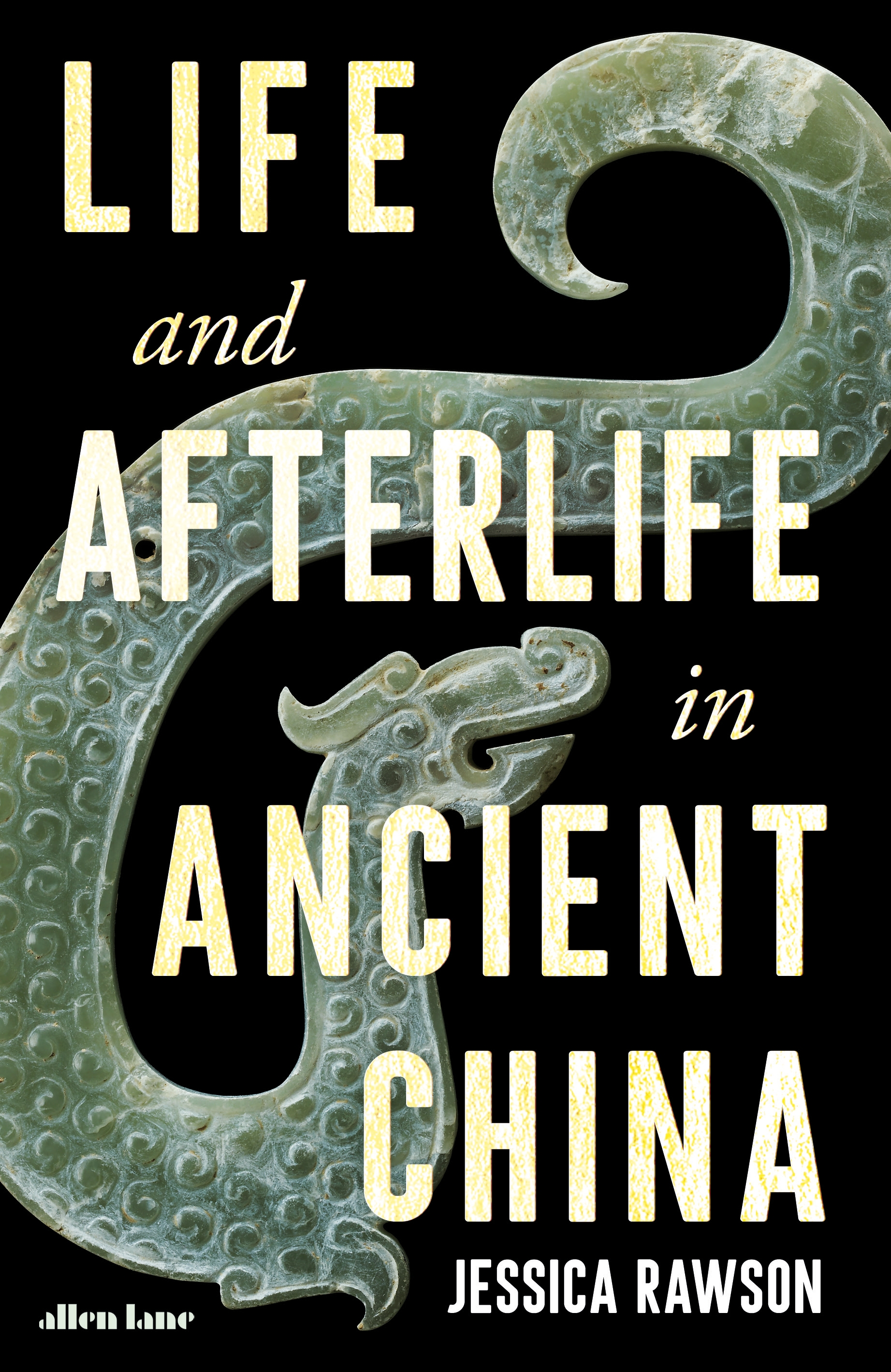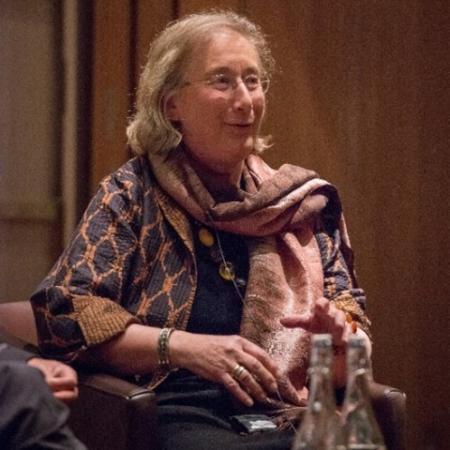College hosts book launch for 'Life and Afterlife in Ancient China'
On Thursday 19th October the College hosted a lively celebration for the launch for 'Life and Afterlife in Ancient China', Professor Dame Jessica Rawson's latest publication.
Professor Dame Rawson commented:
'China is not well known in the West. Our conversation in the TS Eliot Lecture Theatre, comparing ancient China with the ancient Mediterranean, introduced by Jonathan Prag, brought China’s unusual landscape and history alive for the very appreciative audience. ‘If we fail to acknowledge and value China’s history, which still informs not only its present but all our presents, we restrict ourselves in our engagement with a country that spans five geographical time zones and borders fourteen nations.’ '
 Throughout Ancient China, as in China today, the ancestors are ever present alongside the living. In terms of sheer scale, sophistication and a long history down to the nineteenth century, their tombs easily rival their equivalents in the rest of the world. And while the Egyptians built upwards, the Chinese dug downwards, honouring the dead by hosting lavish banquets and building richly furnished subterranean palaces – in one instance famously guarded by an army of terracotta warriors.
Throughout Ancient China, as in China today, the ancestors are ever present alongside the living. In terms of sheer scale, sophistication and a long history down to the nineteenth century, their tombs easily rival their equivalents in the rest of the world. And while the Egyptians built upwards, the Chinese dug downwards, honouring the dead by hosting lavish banquets and building richly furnished subterranean palaces – in one instance famously guarded by an army of terracotta warriors.
In Life and Afterlife in Ancient China, Jessica Rawson explores eleven grand tombs and a major sacrificial deposit from across China – each from a specific historical moment and place – showing what they and their contents reveal about the wider political and cultural developments of this continental power that demands our deep attention and understanding. The three millennia covered here cemented many of the distinctive elements of Chinese civilisation still in place today: formidable infrastructure and a manufacturing power that outperforms almost all others, a society based on strict generational hierarchy and a widely shared written script of characters, an enduring, active relationship with the steppe and Central Asia, a material culture of ceramics, bronze, silk and jade, and a unique concept of the universe. Records of these early achievements, and their diverse and unexpected expressions, often lie not in written history, but in how people marked their entrance to the afterlife.
Beautifully illustrated and drawing on the latest archaeological discoveries, Life and Afterlife in Ancient China illuminates a constellation of beliefs about life and death very different from our own – and provides a remarkable new perspective on one of the oldest civilisations in the world.
